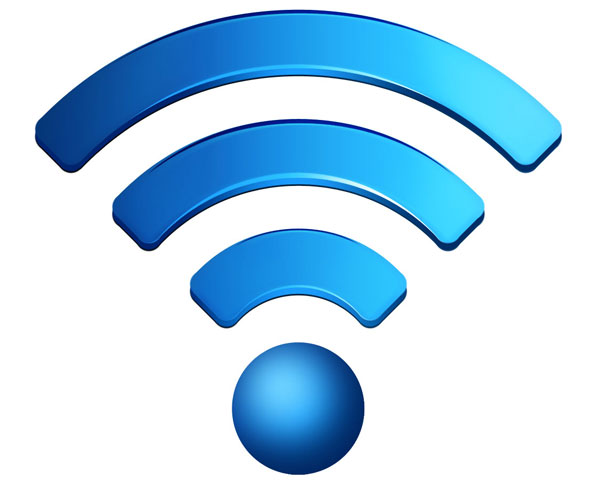A sketchy internet connection is just too much of an inconvenience, considering that Wi-Fi connection should make things easier for you, especially if you’re away from your desk. Today, reliable Wi-Fi connection has become a household norm, along with the rise of mobile and smartphone technology.
Choosing the best broadband Internet deal for your home and family has become a necessity. To get the most out of your Wi-Fi connection, here are some ways to improve wireless connectivity:

1. Find the perfect spot
One of the simplest changes you can make to increase wireless network speed is to adjust the location or position of your router. Place it in a location where it can maximize its effectiveness. Consider setting it up near the center of your house, off the floor, ideally on a wall mount or high shelf. Radio waves travel best downwards, in lateral position. Also, make sure that it’s located as far as possible from your neighbors’ Wi-Fi router to avoid interference. Avoid placing the router anywhere near cordless phones and microwave ovens because these operate on the same frequency.
Always remember that walls and large objects can also interfere with wireless signals, so take this into consideration when ensuring that your router is placed where it could provide the best range possible.
2. Change your antenna
Sometimes, moving the router isn’t possible, nor enough to improve speeds. If you think your signal is weak, you can switch to a directional antenna. Most Wi-Fi routers come with small antennas which are omni-directional. A directional antenna can improve the signal range in a specific way. For instance, it will just focus more on your living room where you do your internet surfing unlike the small antennas which have scattered signal range.
3. Get a repeater
A wireless repeater extends your coverage without the need for more wires. To get an instant boost, place your repeater between your router and your computer. A repeater works the same way as a router, but instead of creating a signal, it relays existing signals. This device is easy to install and doesn’t require any additional wires or connections.
4. Be ‘secure’
Change network configuration from WEP to WPA/WPA2. Optimize your security settings so you could block hackers from breaking into your network. Also, don’t let anyone know about your network’s name or Wi-Fi password. You can always set your network to be undiscoverable for when any outsider device looks for a list of available networks.
5. Limit MAC addresses
You can access your Media Access Control (MAC), which is a unique identifier for networked devices like laptops, phones, repeaters, etc. Once you do, limit what devices can connect to your wireless network. For example, you can configure it so that all the computers in your house will be the only ones allowed to connect to your Wi-Fi.
6. Make a booster
There are available templates and building instructions online for a homemade reflector or antenna, which can help improve wireless signals. These improvised boosters can be made using simple household items, such as foil or cardboard. A booster can increase your range and redirect your signal without sacrificing quality.
Improve your productivity and stay connected without any interruptions. Using these tips, you should be able to improve your connectivity out of your own home network. If you’ve tried these steps, but are still unable to get results, you may consider switching broadband Internet providers, as your existing provider may not provide good coverage in your area.